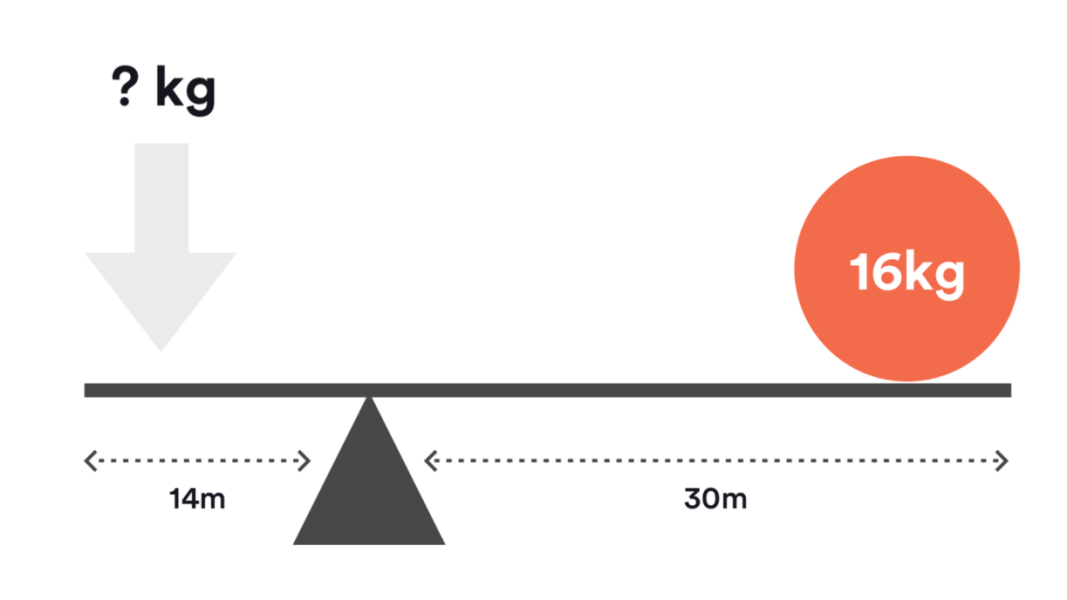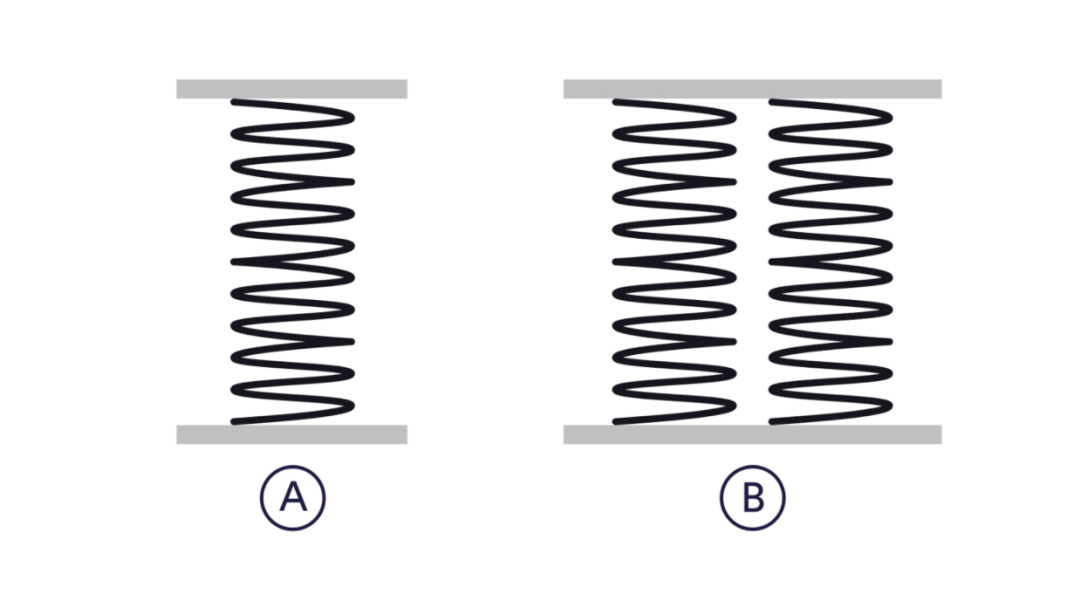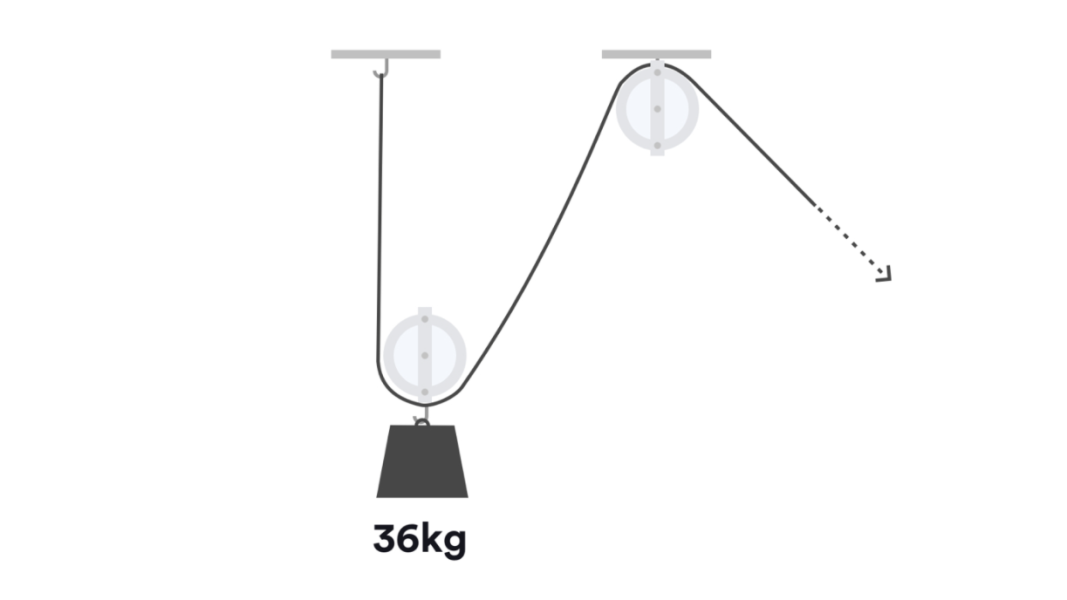How to pass mechanical reasoning tests
A mechanical reasoning test is a measure of your ability to apply physical and mechanical concepts to solve a given problem.
They are used in the recruitment process for a variety of professions, including the armed forces, emergency services, engineering, and skilled trades such as plumbing. They may also be administered for production, manufacturing, and technical roles.
As their application is so diverse, there is no set standard mechanical aptitude test. The format of your assessment and the questions within it will depend on the role for which you have applied.
That said, there are commonalities across the board. Questions are presented in the form of diagrams and illustrations, with one correct answer out of several multiple-choice options. Tests are also taken under strict time constraints.
A mechanical reasoning test differs somewhat from other psychometric assessments in that it does require a level of pre-existing knowledge. To help you prepare, we’ve outlined the most common question types below.
Levers
Questions relating to levers test your understanding of the relationship between the input force and output force, and how this is used to gain a mechanical advantage.
You’ll be shown a diagram of a lever: a bar balanced or leaning on a fixed point called a fulcrum. Placed on the bar will be one or more weights, and you’ll need to calculate the force required to lift those weights.
This will depend on the placement of the fulcrum. For example, if it is central, the input and output forces are of equal value, but as the fulcrum moves, this relationship alters.
There’s a key formula you need to remember here: weight (w) x distance from the fulcrum to weight (d1) = force needed (f) x distance from the fulcrum to where force is applied (d2).
Example levers question
What force needs to be applied to the lever to lift the weight?
A) 34.3kg
B) 35.3kg
C) 36.3kg
D) 37.3kg
Answer: A
The formula to calculate the force required to lift a weight using a lever is:
w x d1 = f x d2
w = weight
d1 = distance from fulcrum to weight
f = force needed to lift the weight
d2 = distance from the fulcrum to the point where force is applied
If we plug what we can see from the diagram into the formula we are left with the following equation:
16 x 30 = ? x 14
480 = ? x 14
480 / 14 = 34.3
Springs
Springs come in various types for different applications. Common forms include coil, leaf, and torsion springs, with common uses inclusive of vehicle suspension, clock mechanics, and electrical appliances. Whatever their use, their basic purpose remains the same: to release stored energy.
This occurs when force is used to compress or elongate a spring. When that force is removed, the spring returns to its original state.
In a mechanical reasoning test, always assume the spring in question works linearly, that is to say, that in doubling the force applied, it will stretch or compress by twice as much.
As well as single springs you may also come across multiple springs, either in series or parallel to one another. The key thing to remember here is that springs in series will receive the same level of force, whereas, with parallel springs, each is subject to half the force applied.
Example springs question
If a force applied to Spring A causes it to compress by 24cm, how far would the same force cause Spring B to be compressed?
A) 12cm
B) 24cm
C) 36cm
D) 48cm
Answer: A
Springs in parallel divide the force between them. If the same force is applied to Spring B, the force would be halved as there are 2 springs, so the amount of compression would be halved.
24cm / 2 springs = 12cm.
Pulleys
Much like levers, questions relating to pulleys test your understanding of how much force is required to move a specified weight, but by applying a different concept.
Pulley’s questions range in complexity. At the most basic level, you’ll deal with single pulleys, in which the principles are straightforward. A fixed pulley will require equal force to the weight which is to be moved, whereas a moving pulley will require force equal to half of the weight.
For double and multiple pulleys, you’ll need to look at the number of ropes supporting the system. You’ll then need to divide the given weight by this number to determine the amount of force required.
Example pulleys question
What force is required to lift the weight using the pulley?
A) 9kg
B) 18kg
C) 27kg
D) 36kg
Answer: B
To calculate the force needed to lift the weight, we need to identify how many of the sections of rope are load-bearing. Here 2 sections are supporting the weight, meaning we divide the total weight by 2.
36/2 = 18kg.
Gears
A gear system has multiple uses. It can force motion, cause a directional shift, or alter the speed. In a mechanical reasoning test, you may come across two types of gear systems: cylindrical wheels attached by way of a belt or chain, and toothed wheels that mesh together.
Questions may ask you to determine the direction, speed, or both of a given gear about another.
Gears attached via a belt or chain move in the same direction as each other, though the speed at which they do so will be dependent on their size: the larger the wheel, the slower the movement. Gears meshed together to move in alternate directions and their speed is determined by the number of teeth they have. Those with fewer teeth will turn at a quicker pace.
Example gears question
If gear A has 22 teeth and gear B has 12 teeth. How many revolutions will gear B have done if gear A has done 1 full revolution?
A) 1.53
B) 1.63
C) 1.73
D) 1.83
Answer: D
Gear A has 1.83 times as many teeth as gear B. This means that when A completes 1 full rotation, B will have rotated 1.83 times more. 22/12 = 1.83.
Fault diagnosis
Whilst the questions described so far appear in almost all mechanical reasoning tests, fault diagnosis questions are more commonly used for technical roles, where mechanical fault-finding and repair are key responsibilities.
You’ll be given two sources of information. The first will be a grid containing symbols relating to specific switches, details of their function, and a code to indicate which switch you believe to be at fault.
You’ll then see a flow chart showing these switches in action. There will be an initial input that passes through a series of switches, ending in an unexpected output. Your job is to identify which switch has failed to produce this outcome.
These questions require a logical and systematic approach. You’ll need to work through a process of elimination to detect where the internal fault has occurred.
Force and motion
These questions test your knowledge of things like acceleration, pressure, and the principles of gravity. Problems are not presented in a way you’d encounter them in a physics exam, but instead, ask you to apply these concepts to a range of scenarios.
For example, concerning gravity, you would not be asked to calculate the rate of descent of a given object, but you’ll likely come across questions asking which of two objects would hit the ground first.
Questions on force and motion can be very broad. Some topics you might want to brush up on include velocity, momentum, the center of gravity, inertia, and centrifugal force.
Example force and motion question
Momentum is the product of which two properties?
A) Acceleration and mass
B) Velocity and mass
C) Force and mass
D) Acceleration and force
Answer: B (Velocity and mass)
Momentum is the same thing as the force an object could have on other objects. For example, a cricket ball thrown quickly has a low mass with a high velocity and a rolling bowling ball has a high mass and low velocity.
Energy
As with force and motion, the questions that fall under this category can be very broad in subject matter and may relate to magnetic, potential, thermal, or kinetic energy.
Concepts to have a sound understanding include those relating to acoustics (such as sound waves and the Doppler effect), thermodynamics, and optical concepts like refraction and reflection.
You’ll also need a good grasp of magnetic force, and how potential energy converts into kinetic energy.
Example energy question
Which energy process best describes the sun?
A) Nuclear fusion
B) Nuclear fission
C) Nuclear electromagnetic spectrum
D) Nuclear radioactive decay
Answer: A (Nuclear fusion)
Simple electrical circuits
Here you’ll need to demonstrate knowledge of how electricity flows through a circuit. Questions are presented as circuit diagrams, using standard symbols to illustrate a power source, loads, switches, and wiring paths.
You may deal with series circuits with a single current flow or parallel circuits with multiple branches.
For each diagram, you’ll be given a word problem relating to the circuit, such as what would happen if one of the loads was removed. As with all questions on a mechanical reasoning test, you’ll have multiple response options to choose from.
Example electrical circuits question
If the current in a wire is 14 amperes, how much charge flows through it in 3 seconds?
A) 21
B) 30
C) 36
D) 42
Answer: D
A column is the basic unit of electric charge, equal to the amount of charge transferred in one second by a steady current. As we are measuring electric charge from 3 seconds we must multiply the amperes by 3, so 14 x 3 = 42.
Tools and terminology
Questions around tools and terminology typically crop up in mechanical reasoning tests for craft and trade-related roles. They are fairly straightforward and test your knowledge of equipment and appropriate use.
For example, you may be shown an image of a tool and asked to pick out its correct name from a series of multiple-choice options. Alternatively, you may be shown several types of similar tools, like hammers for instance, and asked which of those present is most suitable for a certain task.
This is perhaps the easiest section on a mechanical reasoning test, but it’s always worth a bit of revision if you believe these questions will form part of your assessment.





